

|
|
|


|
Tamiya TRF101 Chassis - 42252 (Radio Controlled Model Review)1/10 Scale Electric Formula One Car Chassis:
Released by Tamiya on June 19, 2013, the 2WD TRF101 chassis kit has been designed for the ultimate RC F1 enthusiasts.
▼ Scroll Down for More Images ▼
Rating: 4
|








|
|
|

|
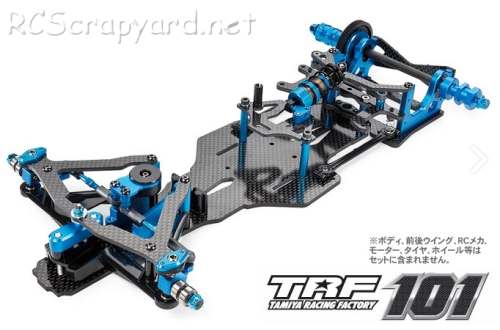
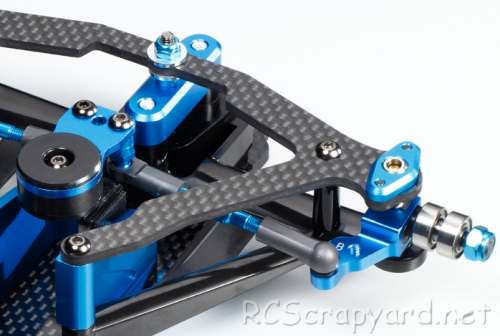
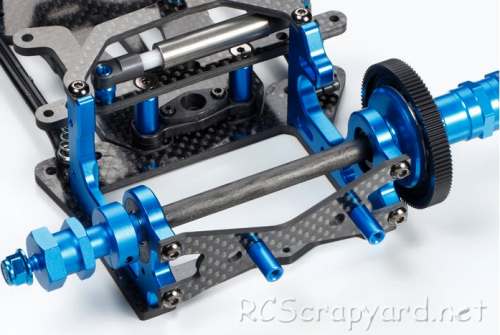
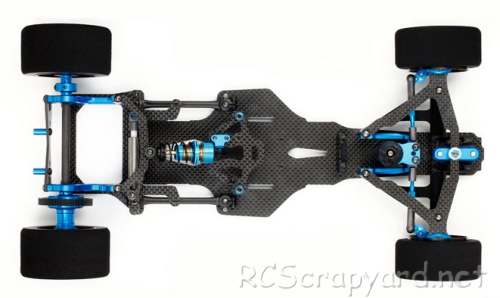
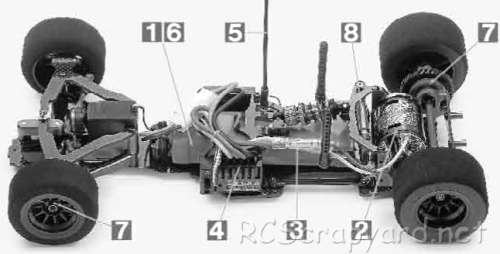
|
Hints, Tips and Information
How to avoid Radio Interference
1/ The first consideration when installing your Receiver into your Electrically Powered Model is to make sure it is well away from the Negative Battery terminal, and the Motor. The Magnetic field can cause stuttering type interference at times of high current draw (i.e., Fast Acceleration) |









|






|
|
|
|
Hints, Tips and Information
Battery Connectors
Over the years I have been racing radio controlled model cars of all descriptions, I have tried a number of different connectors for my batteries.
|
|
Hints, Tips and Information
Efficient Soldering
In the sport of Radio Controlled racing, there are a number of things you have to learn to get you up there with the best. One of the most difficult, for those with little practical skill, is the art of Soldering.
|
|
RC Models:
|
Radio & Motors: |
Other
Accessories: |